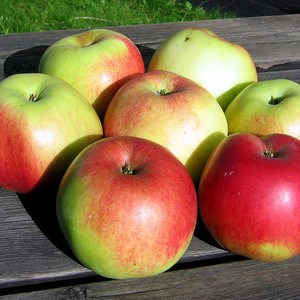Contact
Ann-Katrin Hallin, +46-(0)18-67 38 25, +46-(0)70-323 38 25

Share your knowledge with a wider audience. Here, you find tips and advice for writing popular science contributions for the knowledge bank.
In the knowledge bank, you can present findings from your research and environmental monitoring and assessment to the world outside academia; stakeholders, decision-makers, funders, media and the general public. As the target groups are diverse, make sure your language is clear and explain all technical terms.
Your eye-catching headline should be written so that people outside SLU and academia can understand it (approximately 65 characters including spaces).
Create an interesting preamble that sums up the most important part of the project/findings (approximately 250–450 characters including spaces).
The main content is where you provide context, describe the most important findings and what they can be used for. Feel free to give concrete examples. If there is a lot of information, use subheadings. Please use bulleted lists where appropriate (approximately 1500–3000 characters including spaces). For summaries/syntheses of larger areas of knowledge, the text can be longer.
Add the name of the author of the knowledge bank article at the bottom of the main content/body text. E.g; Text: Name Last name.
Give contact details for the researcher(s) who can give more information about the study/project/area of interest. It is nice with a link to a CV page, ideally with a portrait photo.
The articles should have links to a scientific publication, report or other high-quality source (open access or SLU’s full-text publication database). The findings may be from part of a project or completed projects. Do not forget to specify links to external pages or other projects, podcasts or films relevant to the article (see an example from an article in the knowledge bank).
Indicate who is involved in the project: departments (including your own), research projects, environmental monitoring and assessment programmes, platforms, etc.
You must attach at least one good and representative image. If you do not have a good picture, have a look at SLU's media bank. Enter an image description and the name of the photographer. Make sure SLU has a licence to publish the images you attach and that your images comply with legal requirements.
To link or attach a suitable video could add value to your article. Maybe there are relevant video content in SLUplay, for instance.
Ann-Katrin Hallin, +46-(0)18-67 38 25, +46-(0)70-323 38 25